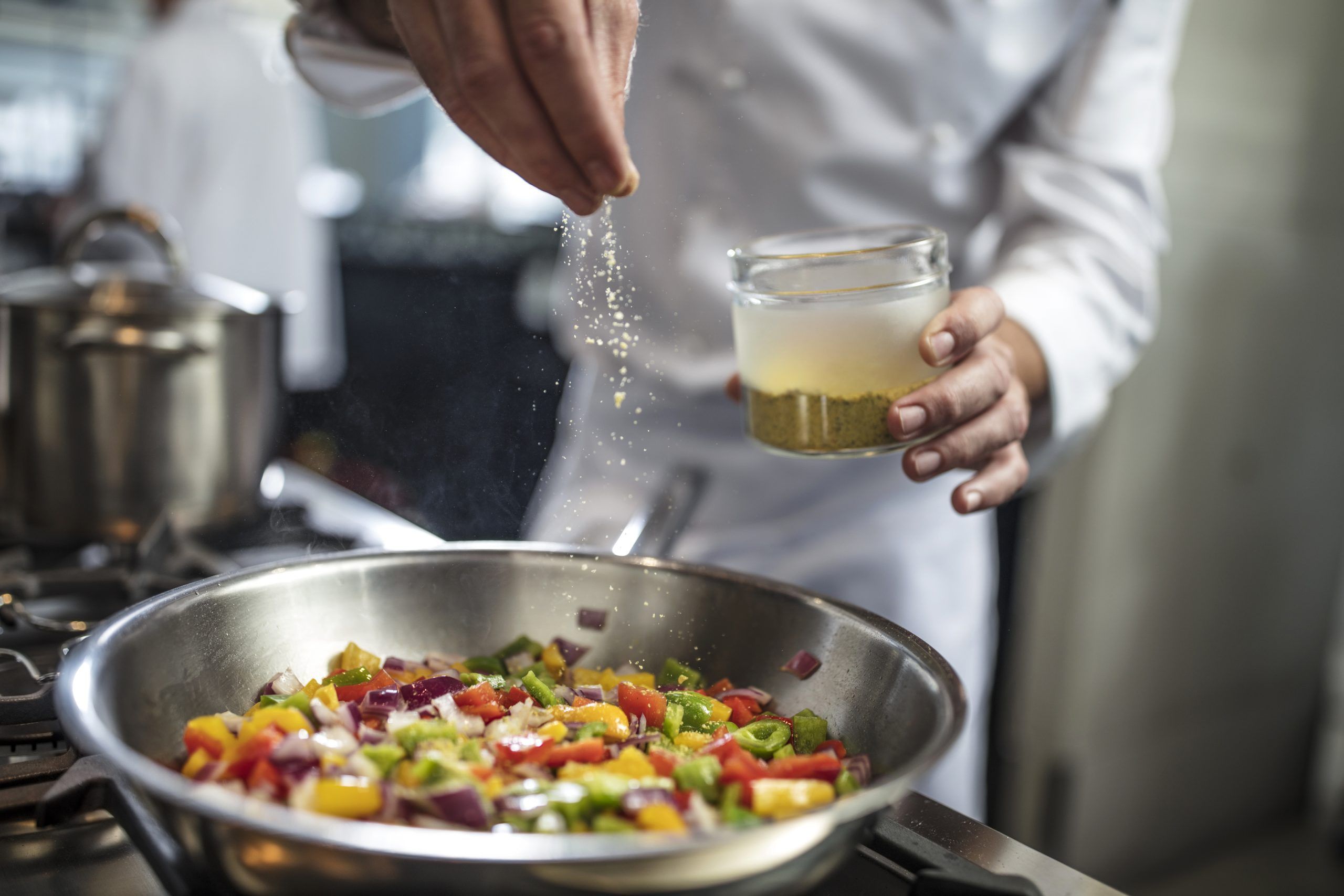In the realm of cookware, cast iron pans are revered for their versatility, durability, and unmatched heat retention. Well-seasoned cast iron can offer a non-stick cooking surface, perfect for everything from searing steaks to baking cornbread. However, the key to unlocking the full potential of these remarkable pans lies in the process of seasoning. This article will guide you through the meticulous yet rewarding steps of properly seasoning your new cast iron griddle.
1. Understand the Importance of Seasoning
Before diving into the actual process, it is crucial to understand the importance of seasoning. Seasoning your cast iron griddle is not merely a step to prepare it for cooking. Rather, it is a vital process that will preserve its durability and cooking prowess over time.
Additional reading : How can you efficiently manage kitchen inventory with digital tools?
Seasoning forms a patina, a thin layer of polymerized oil that adheres to the surface of the iron. This layer serves multiple purposes. It provides a non-stick surface, ensuring that your food will slide right off the pan. It also protects the griddle from rust, a common issue with iron cookware if not properly maintained.
2. Clean Your Cast Iron Griddle
The first step in seasoning your cast iron griddle involves cleaning. You might wonder why you should clean a brand-new pan. The reason is simple: during manufacturing, the griddle may come into contact with various substances that you would prefer to keep out of your food.
This might interest you : How can you efficiently manage kitchen inventory with digital tools?
Start by washing the griddle with a mild dish soap and a scrub brush. You can use a bit of elbow grease, but be careful not to scratch its surface. Once you have thoroughly scrubbed it, rinse it off with warm water and dry it immediately. Cast iron is prone to rust even from a small amount of water left on its surface. Therefore, drying it promptly is essential. You can either use a clean, dry cloth or place it in the oven at a low heat to ensure it is thoroughly dried.
3. Apply Oil to the Griddle
Now that your griddle is clean and dry, the next step is to apply oil. The type of oil you use for seasoning can vary. Common choices include canola oil, grapeseed oil, or flaxseed oil. However, any cooking oil or fat will do the job.
Apply a thin layer of oil to the entire griddle—inside and out—using a clean cloth or a paper towel. Be sure to cover all areas, including the handle and the bottom of the pan. However, avoid applying too much oil, as this can result in a sticky surface. The goal is to have a thin, evenly distributed layer of oil across the entire griddle.
4. Heat the Griddle in the Oven
Once your cast iron griddle is well-oiled, the next step is to heat it. This step is where the magic happens: the heat helps polymerize the oil, transforming it into a hard, protective layer on the griddle’s surface.
Preheat your oven to 450-500°F (232-260°C). Once it reaches the desired temperature, place your griddle upside down in the oven. Placing the griddle upside down helps prevent oil from pooling on the cooking surface. Let it bake for an hour.
5. Cool and Repeat the Process
After an hour, turn off the oven and allow the griddle to cool down inside the oven. This process typically takes about two hours. Once your griddle is cool, you will notice that its once silver-gray surface has turned into a dark, shiny black—that’s the sign of a well-seasoned cast iron griddle.
For best results, repeat the oiling and baking process 2-3 times. It might seem tedious, but each cycle enhances the non-stick surface, ensuring your griddle is well-protected and ready for years of cooking.
In conclusion, seasoning a cast iron griddle requires some time and effort, but the payoff is immense. The process transforms a piece of iron cookware into a versatile, high-performing griddle. With proper care, your well-seasoned cast iron griddle will serve you for many years, cooking up delicious meals and creating memorable kitchen moments.
6. Using Your Seasoned Cast Iron Griddle
After you’ve carefully seasoned your cast iron griddle, it’s finally time to put it to use. Remember, your newly seasoned griddle is now more than a mere piece of iron cookware. It’s a high-performing tool, ready to aid you in creating scrumptious meals.
Before you begin cooking, preheat your cast iron griddle. This ensures that the heat is evenly distributed across the cooking surface. As with any other cooking utensil, use appropriate heat levels for your recipes. It’s important to note that cast iron retains heat exceptionally well, so it might require lower heat settings than other types of pans.
When it comes to cleaning after cooking, avoid using soapy water or harsh scrubbing that could damage the seasoning. Instead, clean your griddle with hot water and a soft brush or sponge. If food is stuck, make a paste of coarse salt and water and use it as a gentle scrub. Once clean, dry it thoroughly to prevent rusting. Apply a light layer of oil to the griddle after each clean to help maintain its seasoning.
Avoid cooking acidic foods like tomatoes or wine in your newly seasoned griddle until it’s well-used and the seasoning is robust. Such foods can break down the patina and may lead to a metallic taste in your food.
7. Maintaining Your Cast Iron Griddle
Maintenance is key to preserving the longevity and efficacy of your cast iron griddle. Even though your griddle is well seasoned, it might require re-seasoning over time. If you notice your food sticks to the griddle, if it appears dry, or if you spot any signs of rust, it might be time to repeat the seasoning process.
Remember, heat your griddle slowly to prevent it from warping. Regularly check your griddle for any signs of wear and tear. In the case of slight rust, you can remove it using a paper towel with a little oil and coarse salt, then re-season your griddle.
Avoid using metal utensils that can scratch the surface of your griddle. Instead, use wooden or silicone tools. Never put a hot griddle in cold water as it can lead to cracking due to thermal shock. Lastly, store your griddle in a dry place to prevent rusting.
Conclusion
Taking proper care of your cast iron griddle goes a long way in ensuring its longevity and performance. The initial effort put into seasoning your griddle is well worth the benefits it brings. Cooking on a well-seasoned cast iron griddle not only enhances your culinary experience but also adds an old-world charm to your kitchen.
Remember to maintain the seasoning with gentle cleaning and occasional re-seasoning. If you take good care of your griddle, it will reward you with years of faithful service, making your cooking adventures more enjoyable. Cast iron’s even heating, durability, and natural non-stick capabilities make it an irreplaceable kitchen companion. Once you’ve mastered seasoning cast iron pans, the culinary world is your oyster!






